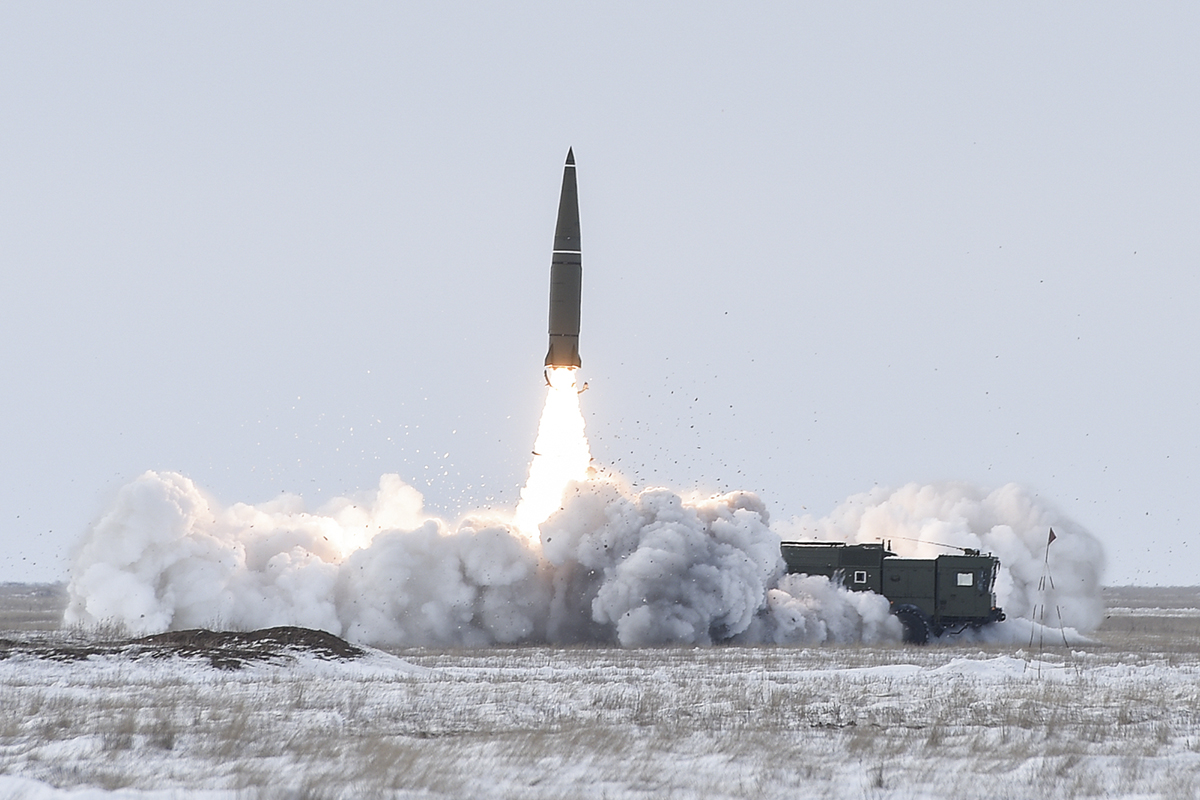According to information published by the Russian Press Agency Sputnik on February 4, 2025, a new version of Russia’s Iskander surface-to-surface tactical ballistic missile, dubbed the Iskander-1000 able to reach a range of up to 1,000 in lace of the 400 km of the Iskander-M version, is set to be deployed in Ukraine in the near future. The missile’s extended range and advanced capabilities are expected to heighten concerns among NATO nations due to its potential to strike targets at unprecedented distances.

The Iskander-1000 missile represents a significant upgrade over the earlier variants of the Iskander missile system, which has been a prominent weapon in Russia’s arsenal. The Iskander-1000 significantly outperforms its predecessors in terms of firing range. While earlier versions of the Iskander missile, such as the Iskander-M, had a maximum range of around 500 km, the Iskander-1000 extends this capability to 1,000 kilometers with conventional warheads and up to 1,300 kilometers with a special nuclear warhead. This extended range marks a notable leap in Russia’s tactical missile capabilities, allowing the Iskander-1000 to target distant and strategically vital locations beyond the reach of previous Iskander variants, further complicating defense efforts from NATO and Ukrainian forces.
The missile of the Iskander-1000 is capable of carrying a variety of warhead types, including high-explosive fragmentation, penetrating, cluster, and volumetric detonating warheads. The latter makes it a formidable weapon for a wide range of strategic and tactical targets, from infrastructure to military assets.
Externally, the Iskander-1000 bears a close resemblance to the earlier Iskander variants, measuring 7.3 meters in length and 0.92 meters in diameter, with a launch weight of approximately 3.8 tons. However, several key design improvements contribute to its increased range and performance. The missile’s enhanced range of 500-800 kilometers over previous versions is primarily achieved through an increase in the volume of solid fuel. This fuel increase—by 10-15%—boosts engine performance and extends the missile’s flight duration. Additionally, the Iskander-1000 is powered by a more energy-dense fuel called octogen, which allows the missile to reach speeds of 2,700-3,100 meters per second, a significant improvement over the 2,100 m/s speed of the previous 9M723-1/K5 model. This speed is comparable to that of Russia’s Kinzhal missile, which also operates at hypersonic speeds.
